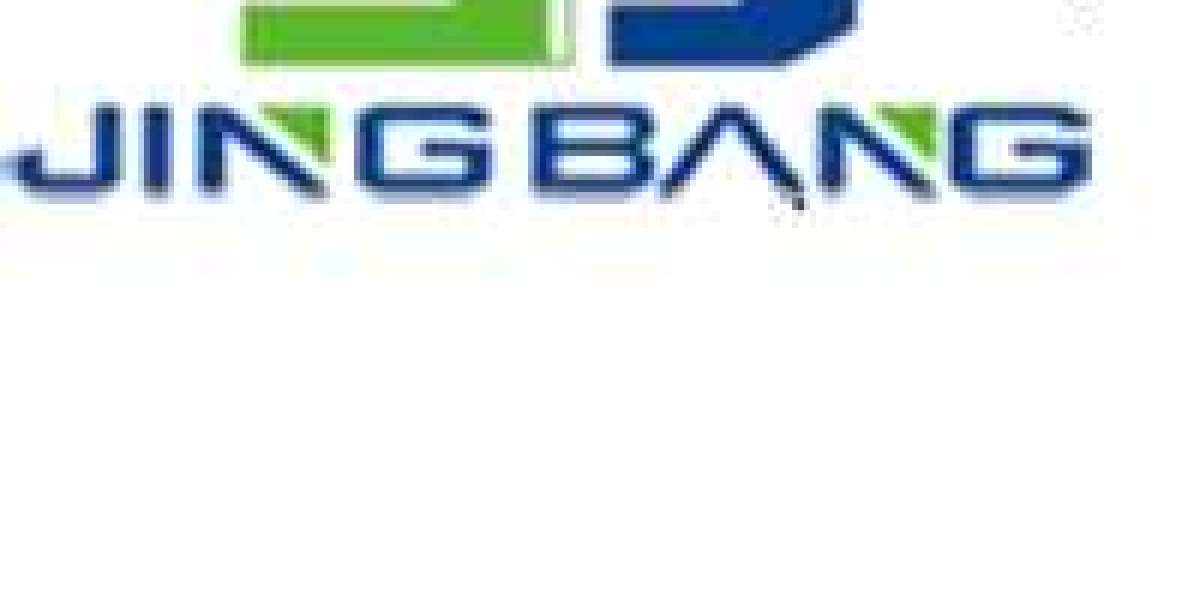Low Density Polyethylene (LDPE) is one of the most widely used polymers in the world due to its versatile properties, such as flexibility, toughness, and transparency. It is predominantly used in the production of films, packaging materials, and containers. Given the importance of LDPE in various industries, understanding its price trends and market dynamics is crucial for businesses and stakeholders. This blog provides a comprehensive forecast of LDPE prices, offering valuable insights into the factors influencing these trends and the potential outlook for the future.
Forecast Report
The LDPE market has witnessed significant fluctuations in pricing due to various global factors, including changes in crude oil prices, supply chain disruptions, and shifts in demand patterns. LDPE prices were influenced by a complex interplay of these elements, leading to periodic volatility. However, with the stabilization of some of these factors and the anticipated economic recovery post-pandemic, the LDPE market is expected to experience a more predictable pricing trend in the upcoming years.
Request a free sample copy in PDF: https://www.expertmarketresearch.com/price-forecast/ldpe-price-forecast/requestsample
According to industry analysts, the LDPE market is projected to grow at a moderate rate over the forecast period of 2024-2032. The demand for LDPE is expected to rise, driven by increasing consumption in packaging, automotive, and construction sectors. This growth in demand will likely exert upward pressure on prices, although this may be tempered by the development of alternative materials and innovations in recycling technologies.
Outlook
The outlook for LDPE prices is largely positive, with gradual increases expected over the forecast period. The global economic recovery, coupled with the continued demand for packaging materials, will likely sustain the growth in LDPE consumption. However, the market will also need to navigate challenges such as environmental concerns related to plastic usage and the potential for regulatory changes aimed at reducing plastic waste.
Technological advancements in recycling and the development of bio-based polyethylene are expected to play a significant role in shaping the future of the LDPE market. Companies that invest in sustainable practices and adopt innovative technologies may gain a competitive edge, potentially influencing market prices.
Read Full Report With Table Of Contents: https://www.expertmarketresearch.com/price-forecast/ldpe-price-forecast/toc
Market Dynamics
Several key factors influence the dynamics of the LDPE market, with crude oil prices being one of the most significant. As LDPE is derived from ethylene, a product of crude oil refining, fluctuations in oil prices directly impact the cost of LDPE production. In recent years, the market has also been affected by geopolitical tensions, trade wars, and the COVID-19 pandemic, which have disrupted supply chains and influenced pricing.
Additionally, the increasing focus on sustainability has led to a growing demand for recycled LDPE. This shift in consumer preference and regulatory pressure has prompted manufacturers to incorporate more recycled content into their products, potentially affecting the market dynamics and pricing of virgin LDPE.
Demand-Supply Analysis
The demand for LDPE is closely linked to its applications in the packaging, automotive, and construction industries. The packaging industry, in particular, is a major consumer of LDPE, using it for products such as plastic bags, films, and containers. As e-commerce continues to grow, the demand for flexible and durable packaging materials like LDPE is expected to rise, further driving its market demand.
On the supply side, the production capacity for LDPE has expanded in several regions, particularly in Asia-Pacific, where countries like China and India are increasing their output to meet domestic and global demand. However, supply chain disruptions, raw material shortages, and logistical challenges have occasionally constrained supply, leading to price volatility.
The demand-supply balance is expected to remain tight, with incremental increases in demand outpacing supply growth in some regions. This could lead to occasional spikes in LDPE prices, especially in markets with high consumption rates.
Extensive Forecast
Over the forecast period, the LDPE market is expected to see steady growth, driven by both traditional applications and emerging markets. The packaging industry will continue to be a dominant force in LDPE consumption, but new applications in medical devices, agricultural films, and 3D printing materials may also contribute to demand.
Regionally, Asia-Pacific is projected to remain the largest market for LDPE, with China and India leading the charge due to their expanding industrial bases and growing middle-class populations. North America and Europe will continue to be significant markets, although their growth rates may be slower compared to emerging economies.
In terms of pricing, the LDPE market is likely to experience moderate increases, with prices potentially stabilizing as supply chains recover and new production capacities come online. However, unforeseen factors such as geopolitical instability, environmental regulations, and technological disruptions could influence pricing trends.
Detailed Insights
The LDPE market is complex and influenced by a myriad of factors, both internal and external. To navigate this market effectively, stakeholders must stay informed about the latest developments in crude oil prices, regulatory changes, and technological advancements.
One of the key trends to watch in the coming years is the shift towards sustainability. As governments and consumers demand more environmentally friendly products, the LDPE market is likely to see increased investment in recycling technologies and bio-based alternatives. Companies that can adapt to these trends by innovating their product offerings and supply chains will be better positioned to thrive in this evolving market.
Another important factor is the role of emerging markets in driving demand. As countries like China, India, and Brazil continue to industrialize, their consumption of LDPE is expected to rise significantly. This growth presents both opportunities and challenges, as companies must navigate different regulatory environments, competitive landscapes, and consumer preferences.
In conclusion, the LDPE market is poised for growth, with prices expected to rise steadily over the forecast period. However, market participants must remain vigilant, staying ahead of trends and adapting to changes in the global landscape to capitalize on opportunities and mitigate risks. By understanding the market dynamics, demand-supply balance, and potential future developments, stakeholders can make informed decisions that will drive their success in the LDPE market.








